Why We Hold Onto Things?
 A common discussion I have with my clients when we’re working together is why they are holding onto something. The more information I can gather about the item in question the easier it is for me to understand “the WHY”. What I’ve discovered over the past 10 years in assisting my clients is that although there are several reasons we hold onto things, those reasons fall into one of three basic categories, the past, the future, or both.
A common discussion I have with my clients when we’re working together is why they are holding onto something. The more information I can gather about the item in question the easier it is for me to understand “the WHY”. What I’ve discovered over the past 10 years in assisting my clients is that although there are several reasons we hold onto things, those reasons fall into one of three basic categories, the past, the future, or both.
We hold onto things from the past, because they were significant and important to us in our past. They help us remember and honor a past event or memory. Some examples may be a bride’s maid dress that was worn at a friend’s wedding, paper products from a child’s birthday party, or Dad’s wood carving tools.
We hold onto things for the future, because we think they will be significant or important to us in our future or the future of someone close to us. Some examples may be furniture our children will use in college, papers that have resources we think we’ll need in the future, or dishes our children will use in their first apartment.
A combination of the two is when we hold onto things from the past for the future. For example I have two cool swivel chairs in my living room that were originally in my grandparent’s front parlor. They were saved and used by other family members before I inherited them, and I plan on passing them along to another family member in the future. Another example is my old photographs and scrapbooks. I enjoy sharing them and reminiscing about past events, holidays, and special occasions. It also makes me smile to think that they will bring joy when shared in the future.
As you may be able to tell, things that have an impact on both the past and the future, are usually the most sentimental items, and thus the one’s we cling to. If this is what my client and I discover in our conversation about an item, then it’s usually a keeper. Otherwise we discuss some qualifying questions to determine whether it’s worth holding onto.
- How much joy and happiness does it bring you?
- What amount of regret or disappointment would you feel if you let it go?
- How would you feel about keeping part of it or a token amount?
- Who values and treasures this and in what way?
- Where does it reside – on prominent display or hidden away?
- When is it used, shared, and enjoyed?
- Why do you want to keep it?
Whether it’s a keeper or not, answering the above questions help establish some objectivity to the sentimental attachment we me feel about our things.
Want more help letting go? Here are three blogs that offer more assistance.
©February 2018 Janine Cavanaugh, Certified Professional Organizer All Rights Reserved

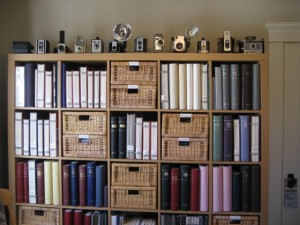 Janine Cavanaugh, CPO
Janine Cavanaugh, CPO
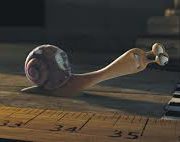

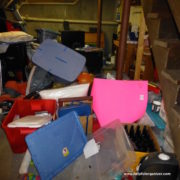
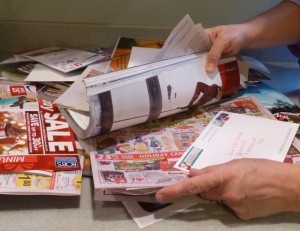



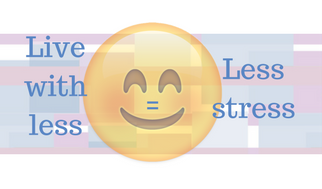


Follow Me